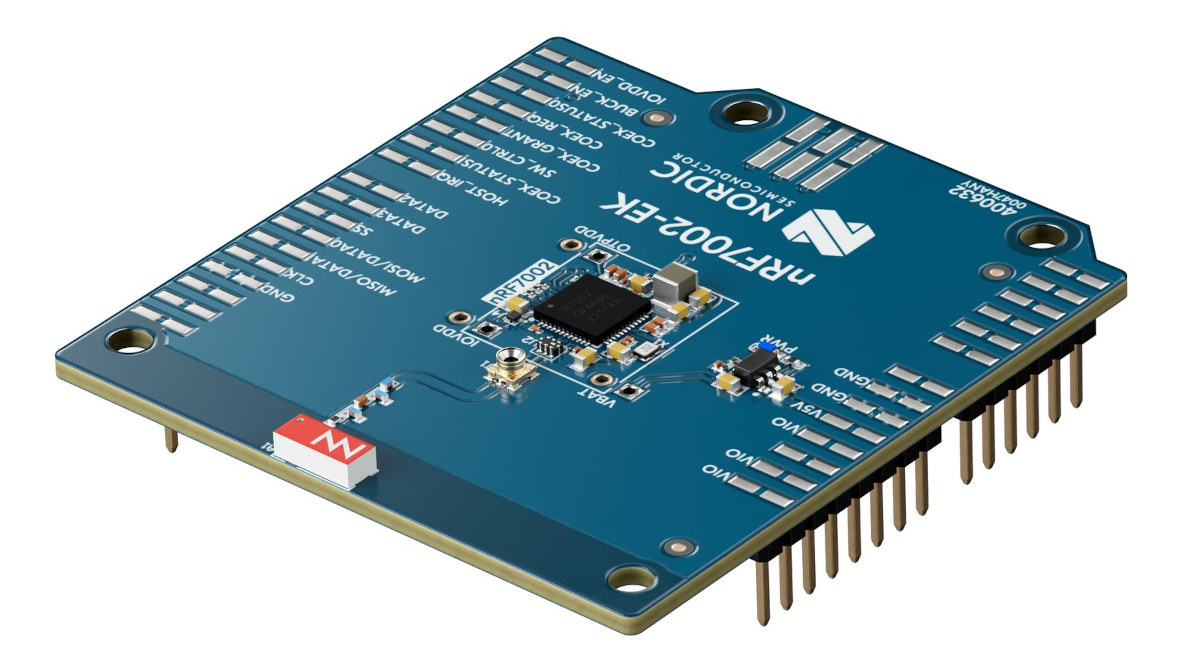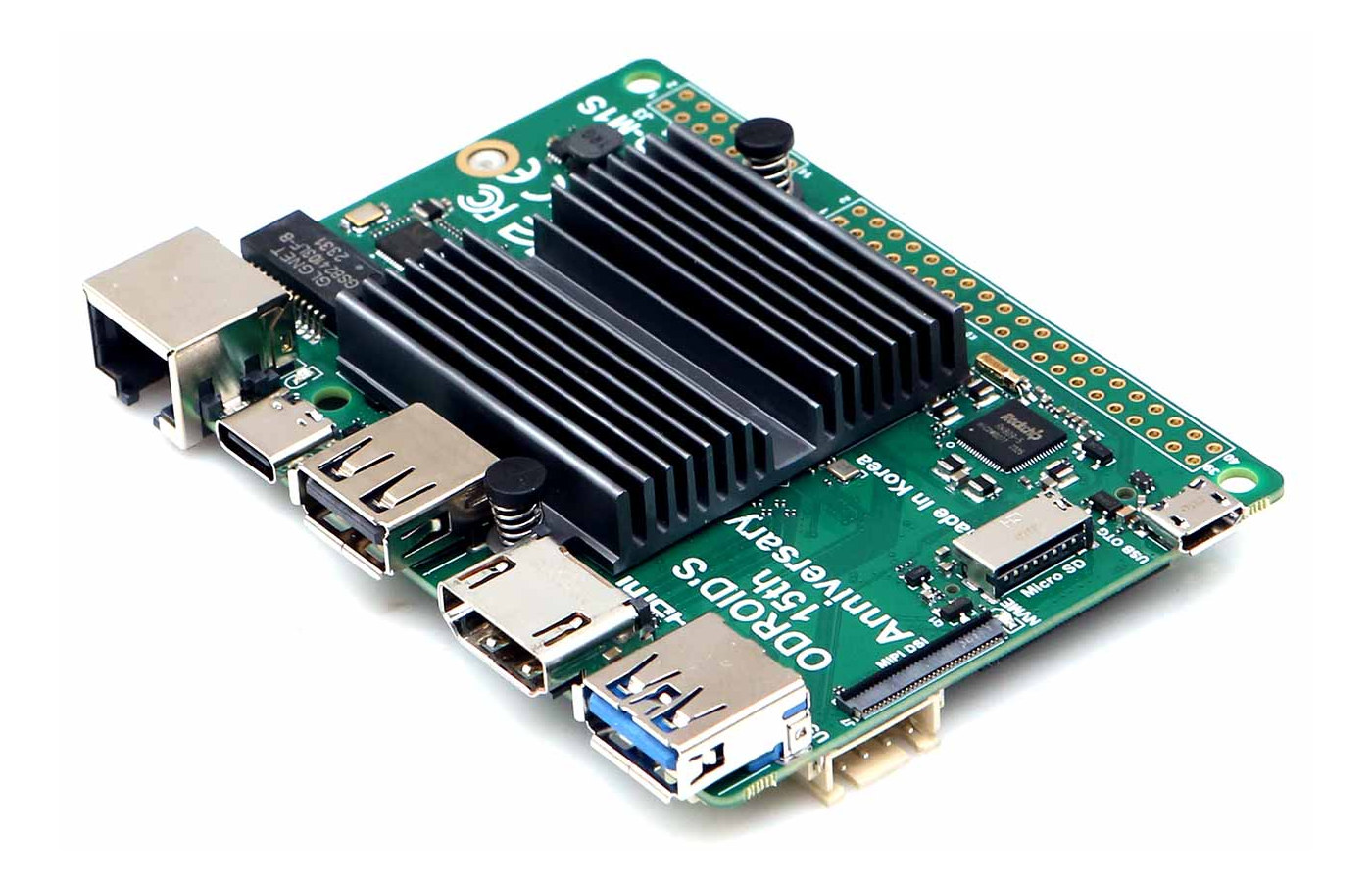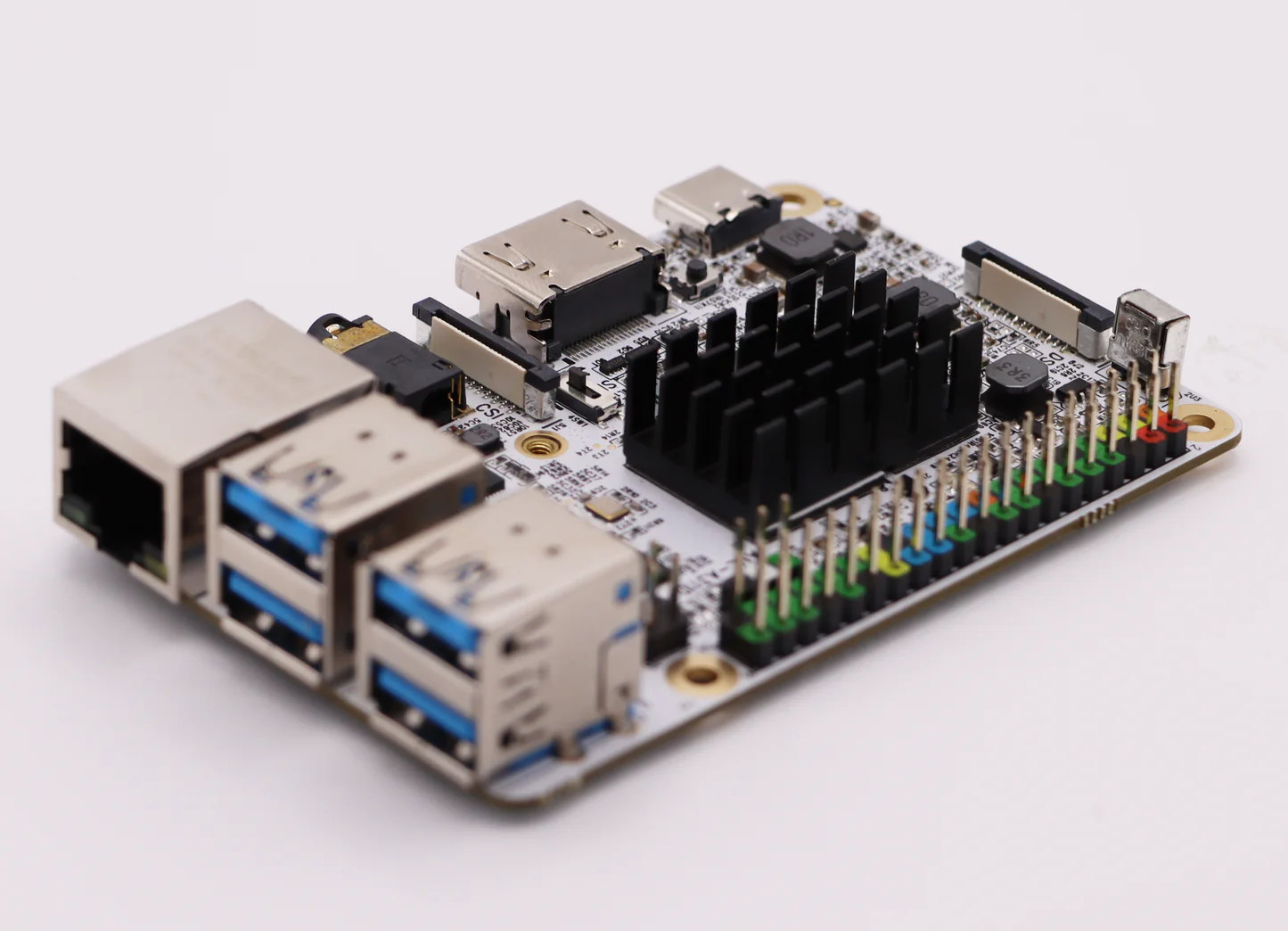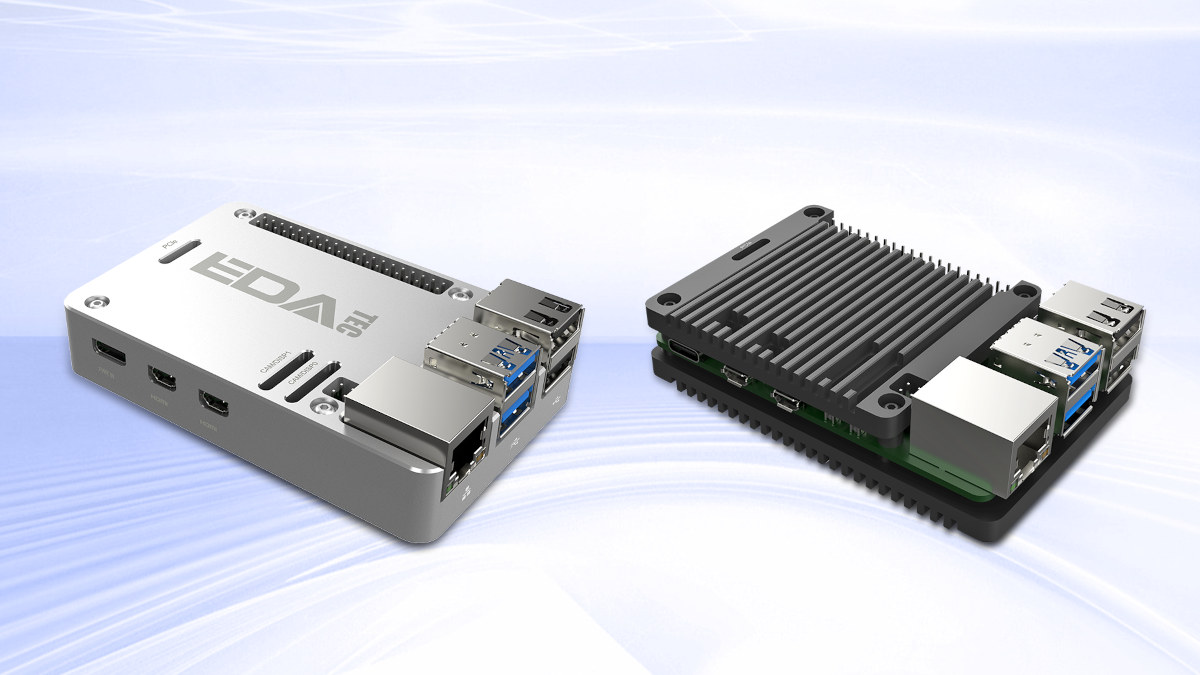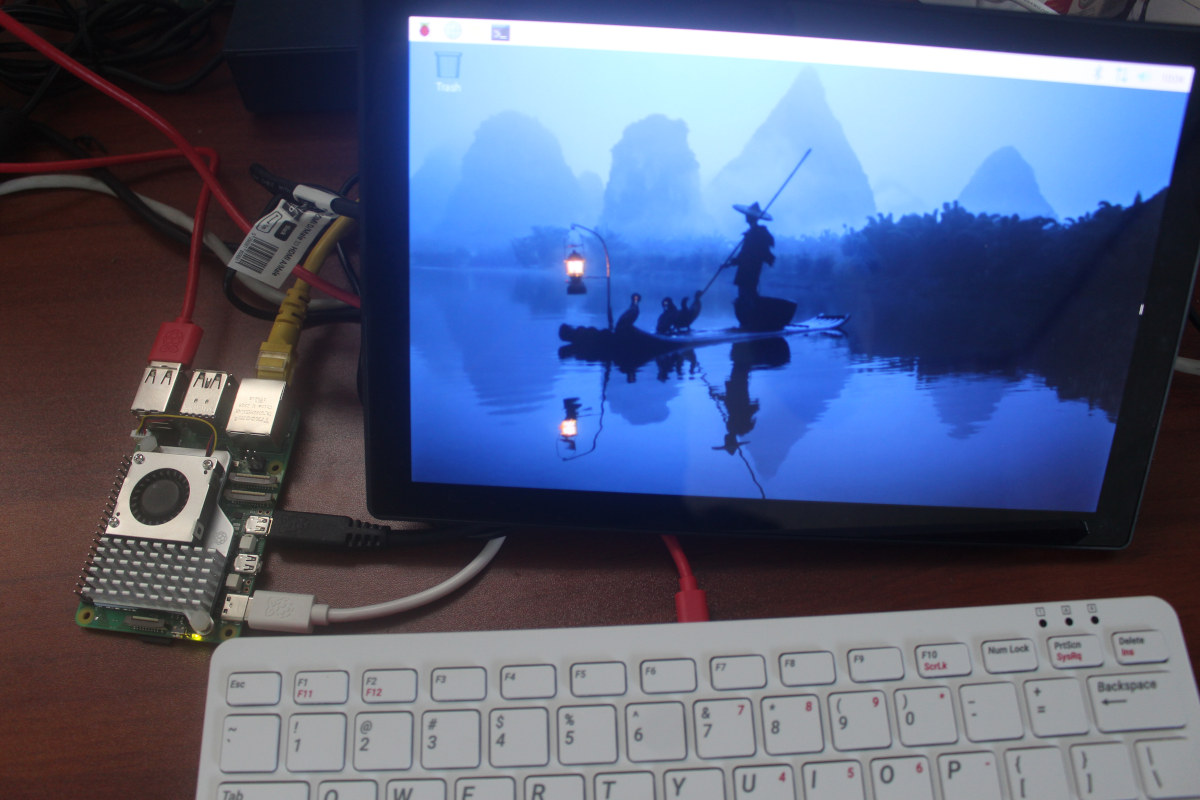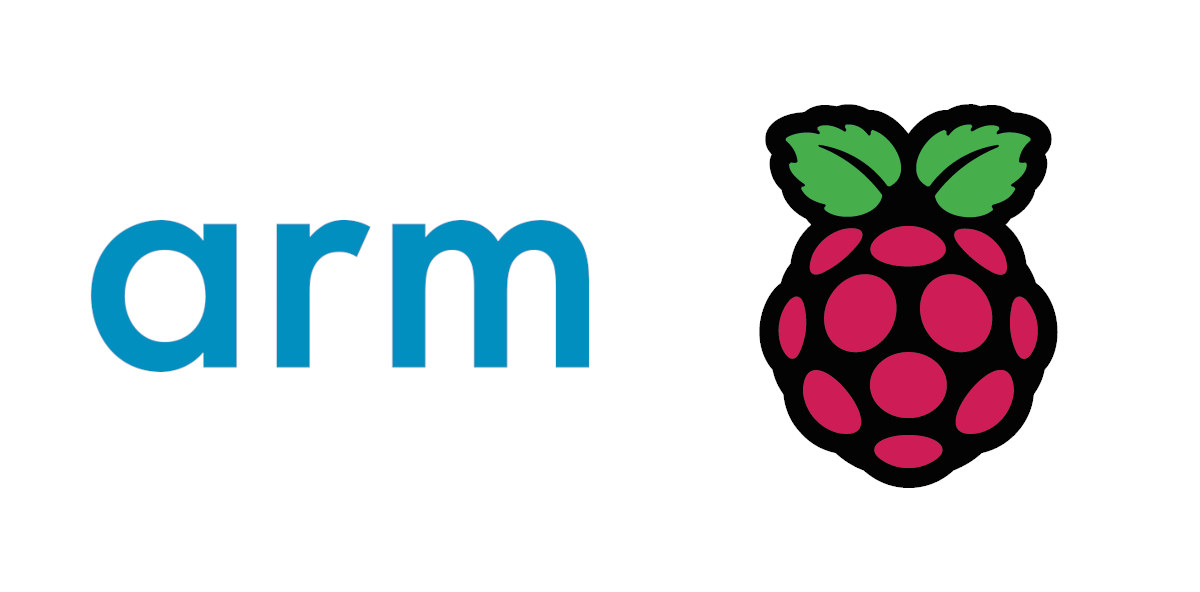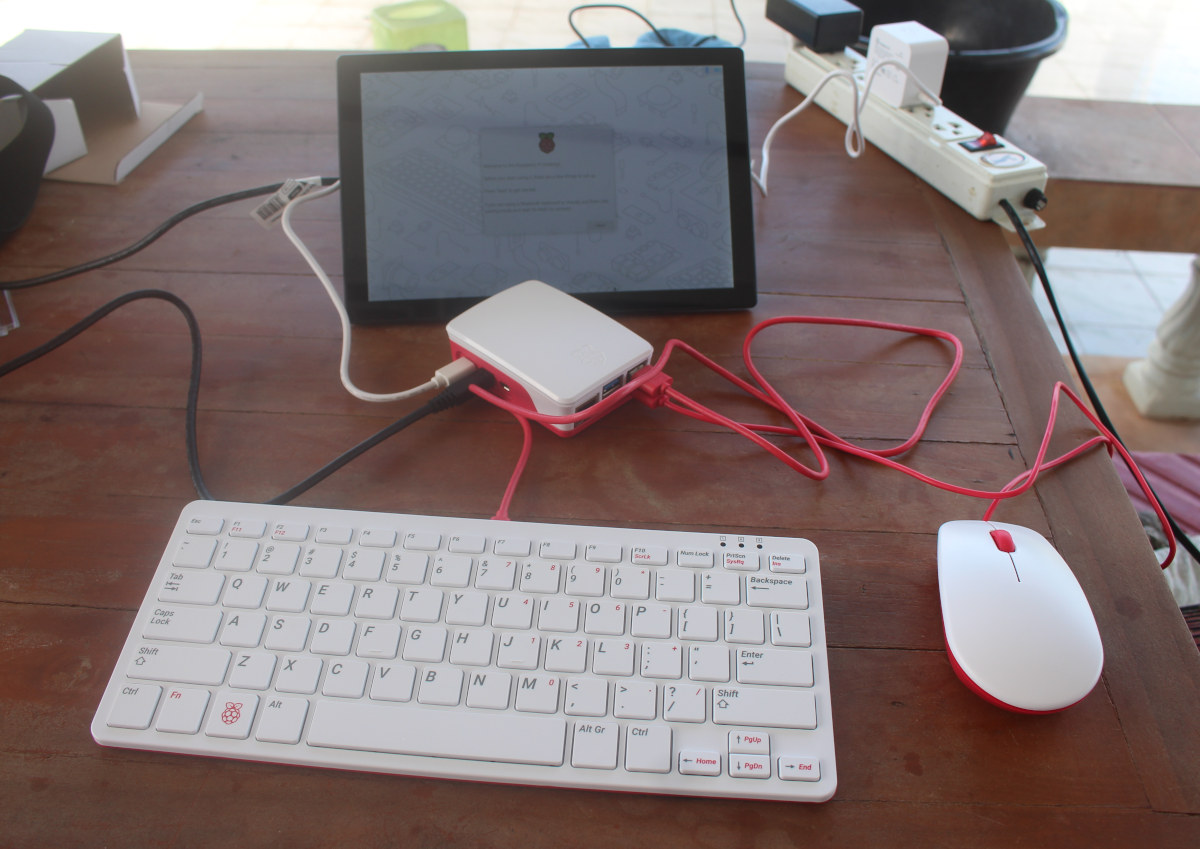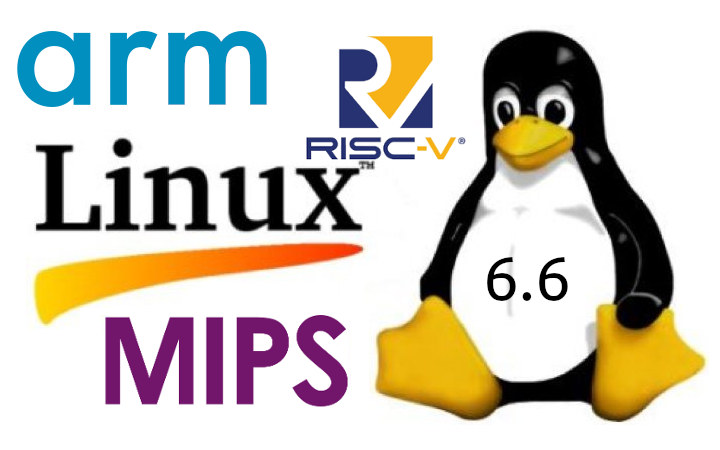Nordic Semi has launched the nRF7002 EK based on the company’s nRF7002 dual-band WiFi 6 IoT chip and in the form of an Arduino shield that works with other Nordic development kits such as the nRF52840 DK, nRF5340 DK, and nRF9160 DK, and separately, the company launched the nRF7000 SSID-based Wi-Fi locationing chip. nRF7002 EK Earlier this year, the company launched the nRF7002 DK, a complete development kit with the nRF7002 WiFi 6 chip and the nRF5340 dual-core Arm Cortex-M33 wireless microcontroller, but for developers who already own nRF devkits, they’ve now introduced the nRF7002 EK Arduino Shield. nRF7002 EK specifications: Wireless chip – Nordic Semi nRF7002 Dual-band Wi-Fi 6 (802.11ax) WiFi station mode Target Wake Time (TWT) 20 MHz channel bandwidth Antenna – 2.4 and 5 GHz antenna for WiFi SWF port for RF measurement Host interface – SPI or QSPI interfaces Dimensions – Arduino shield form factor The […]
ODROID-M1S is a smaller, cheaper, and more efficient Rockchip RK3566 SBC with additional GPIOs
Designed for Hardkernel’s 15th anniversary, the ODROID-M1S is a smaller, cheaper ($49 and up), and more efficient single computer board compared to the ODROID-M1 single board computer introduced last year with a Rockchip RK3568 SoC. The new ODROID-M1S SBC features a Rockchip RK3566 SoC which is similar to the RK3568, but with fewer peripheral interfaces, 4GB or 8GB LPDDR4 memory, a 64GB eMMC flash solder on the board (instead of an eMMC flash connector), HDMI 2.0 and MIPI DSI video interfaces, gigabit Ethernet, a few USB ports, and two GPIO headers. It does lose a few features compared to the ODROID-M1, as its memory is clocked at a lower speed, the M.2 socket only supports PCIe 2.1, the SPI flash and SATA port are gone, and so is the MIPI CSI camera connector. The power supply has also changed from a 12V DC jack to a 5V USB-C port. ODROID-M1S […]
Libre Computer AML-A311D-CC “Alta” SBC features Amlogic A311D AI processor
Libre Computer has launched the credit card-sized “Alta” SBC, also known as AML-A311D-CC, designed for AI applications with the Amlogic A311D hexa-core Arm Cortex-A73/A53 processor equipped with a 5 TOPS AI accelerator. The board comes with 4GB LPDDR4, a 16MB SPI flash for the bootloader as well as a microSD card slot and eMMC flash module connector for storage, and offers many of the same ports as found on the Raspberry Pi 3 Model B+ with Gigabit Ethernet, four USB 3.0 ports, HDMI output, an AV jack, MIPI CSI and DSI connector, and a 40-pin GPIO header that should work with most Raspberry Pi HATs. AML-A311D-CC “Alta” specifications: SoC – Amlogic A311D CPU Hexa-core processor with 4x Arm Cortex-A73 cores @ up to 2.2 GHz and 2x Cortex A53 cores @ up to 1.8 GHz Built-in Cortex-M4 core for “always-on” processing GPU – Arm Mali-G52 MP4 GPU VPU 4K UHD […]
EDATEC launches two fanless cases for the Raspberry Pi 5 SBC
In my review of the Raspberry Pi 5 SBC I noted performance was much improved over the Raspberry Pi 4 but that the board required active cooling with the official solutions (active cooler and case with fan) for optimal performance under load and there weren’t any official fanless cases for the latest Raspberry Pi single board computer. EDATEC aims to fill that gap with two fanless cases for the Raspberry Pi 5 SBC, namely the ED-Pi5Case-B with a low-profile, but closed design, and the ED-Pi5Case-O open case with two heatsinks placed on the top and bottom of the Raspberry Pi 5. Both fanless cases are made of aluminum (CNC milled), available in silver or black, and provide easy access to all ports and most interfaces of the Raspberry Pi 5 including the GPIO header, MIPI connectors, PCIe FPC connector, and PoE header. However, the closed enclosure blocks the battery and […]
Raspberry Pi 5 review – Part 2: Raspberry Pi OS Bookworm, benchmarks, power consumption, and more
A few days ago I finally went through the Raspberry Pi 5 kit I received last September going through all the items and booting it with Raspberry Pi OS bookworm. I’ve now had time to perform more tests to check out the performance with benchmarks and test various features on the Raspberry Pi 5. So I’ll report my experience in the second part of the review and compare the Raspberry Pi 5 SBC to the Raspberry Pi 4 and some other Arm Linux SBCs.
System information in Raspberry Pi OS Bookworm
Last time around, I installed the Raspberry Pi 5 in its official case, but for most of the testing, I decided to go back to the bare board fitted with its active cooler since it’s the best cooling option as we’ll see further in the review.
Arm makes strategic investment in Raspberry Pi
Arm has just acquired a minority stake in Raspberry Pi through a strategic investment in order “to deliver critical solutions for the Internet of Things (IoT) developer community.” Paul Williamson, SVP and GM, Internet of Things Line of Business, Arm explains the rationale behind the investment: Arm and Raspberry Pi share a vision to make computing accessible for all, by lowering barriers to innovation so that anyone, anywhere can learn, experience and create new IoT solutions. With the rapid growth of edge and endpoint AI applications, platforms like those from Raspberry Pi, built on Arm, are critical to driving the adoption of high-performance IoT devices globally by enabling developers to innovate faster and more easily. This strategic investment is further proof of our continued commitment to the developer community, and to our partnership with Raspberry Pi. Eben Upton, Raspberry Pi founder and CEO, also provided remarks: Arm technology has always […]
Raspberry Pi 5 Kit Review – Part 1: Unboxing, Assembly and First Boot
I’m quite late on that one, but after an extended holiday, I’m now ready to review the Raspberry Pi 5 the company sent me last month. I’ll do so with the latest Raspberry Pi OS Bookworm based on Debian 12 and CNX Software’s “tropical reviews” are usually more demanding than most others due to the higher ambient temperature (usually around 28°C in my room) in Thailand. But since Raspberry Pi did not just send the Raspberry Pi 5, but a full kit with keyboard, mouse, enclosure, and more, I’ll start with a post mostly looking at the hardware with an unboxing, assembly, plus a quick try at Debian 12 on the new SBC. Raspberry Pi 5 Kit Unboxing Besides the Raspberry Pi 5 itself, the package included the active cooler (heatsink + fan), a microSD card preloaded with a pre-release Raspberry Pi OS Bookworm image, a USB-PD power supply, a […]
Linux 6.6 LTS release – Highlights, Arm, RISC-V and MIPS architectures
The Linux 6.6 release has just been announced by Linus Torvalds on the Linux Kernel Mailing List (LKML): So this last week has been pretty calm, and I have absolutely no excuses to delay the v6.6 release any more, so here it is. There’s a random smattering of fixes all over, and apart from some bigger fixes to the r8152 driver, it’s all fairly small. Below is the shortlog for last week for anybody who really wants to get a flavor of the details. It’s short enough to scroll through. This obviously means that the merge window for 6.7 opens tomorrow, and I appreciate how many early pull requests I have lined up, with 40+ ready to go. That will make it a bit easier for me to deal with it, since I’ll be on the road for the first week of the merge window. Linus About two months ago, […]


